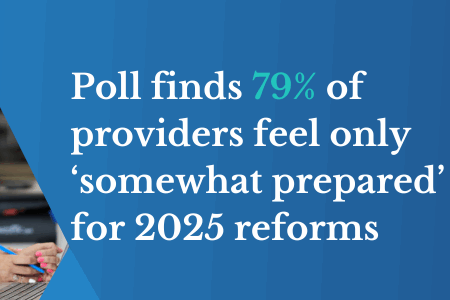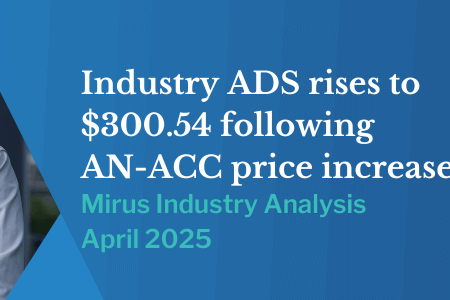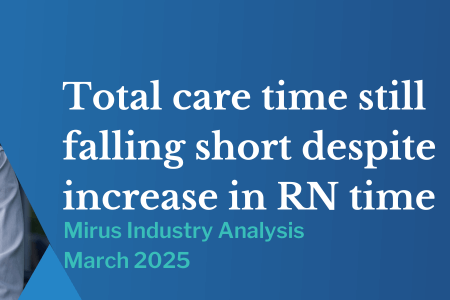Understanding the priority financial terms
May 20, 2014 | Assessment and Optimisation

The coming end of financial year isn't the only reason aged care providers should understand key financial terms – a good understanding can be helpful throughout the year.
By learning the main financial terms used on a regular basis within a business, communication with finance staff can become substantially easier. In addition, end of financial year reports are far simpler to understand.
Below, the key financial terms every aged care provider should understand are explained.
Amortisation
This process involves the expensing for intangible assets and intellectual property over a period of time. Hardware purchases often need to be accounted for here.
Benchmarks and benchmarking
Benchmarks are a set of conditions used to measure the services of an aged care facility. These can be useful as a metric for charting company progress. Benchmarking, on the other hand, is the process of comparing an aged care facility with similar facilities.
Depreciation
This involves expensing an asset over time, similar to amortisation. The term involves depreciating an asset cost over its operational life.
Profit and loss statement
This document is a financial statement designed to list sales and business expenses. Aged care providers can use it to establish gross and net business profit.
Cash flow
Cash flow involves tracking the cash coming into and leaving the business on a regular basis. This can be resident fees coming in, and expenses going out.
Current asset
The term current asset is used to describe an asset that can be converted into cash within the next 12 months. It can also be applied to an asset in cash held by a business.
Before heading into the end of financial year, aged care providers should ensure the relevant staff understand the key terms, as it can make the period far easier.
Please contact us for further information about the key financial terms for an aged care facility.


